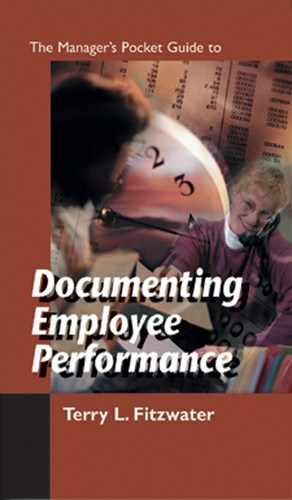Optional Exercises
These exercises will promote team building, idea sharing, and open communication among the members of your organization or smaller work groups. They will also reinforce, through repeated use, some of the tenets in this guidebook while also generating a sense of understanding about the disciplinary process.
1. 360-Degree Feedback
Develop a form you can use to ask your employees their opinions about your ability to communicate.
• Are you effective?
• Are you informative?
• Do you actively and regularly coach?
Have the employees respond anonymously. Consider using checklists or similar formats that do not require handwriting (thus better ensuring anonymity). Take the input and problem-solve any communication issues with employees.
2. Manager’s Coaching Profile
Use “The Manager’s Coaching Self-Profile” in Chapter 1 as an assessment tool that employees can use to give you feedback on your coaching. Their insights might point you in the direction of self-improvement.
Let your employees critique the disciplinary action form. It will instill ownership and create awareness of it and its intent. Your employees may provide additional items of perceived importance.
4. Case Participation
Let your employees work on the exercise “The Case of John Wasastar” in Chapter 2. It reinforces the belief that discipline is necessary in some instances.
5. Audit
Let your employees audit your current discipline program against this book. For example, do you have anything similar to a progressive step process, the five R’s of change, an employment-at-will statement, or a methodology to distinguish execution from comprehension? Let the employees define the gaps in the program and develop an action plan on what the organization can do to bridge those gaps.
